Your Guide to Epic Beach Food That Stays Safe & Delicious
I’ve spent a long, long time in the food business, from catering big events on hot, sunny beaches to prepping smaller picnics on cooler, quiet shores. And I’ve learned one thing for sure: the beach is a uniquely tricky place for food. You’ve got heat, sun, and sand all conspiring to turn a perfect meal into a potential health hazard if you’re not on your game.
In this article
So, this isn’t just another list of snack ideas. Think of this as a collection of pro tips and hard-won lessons to help you pack food that’s not just delicious, but also safe and easy to handle. That way, you can actually kick back and enjoy the waves.
First, A Quick Science Class (The Important Part!)
Before we even think about what to pack, we have to get why it matters. Your number one enemy at the beach? Temperature. Food safety pros talk a lot about the “Temperature Danger Zone” (TDZ), which is the range between 40°F and 140°F. In this zone, nasty bacteria can multiply like crazy.
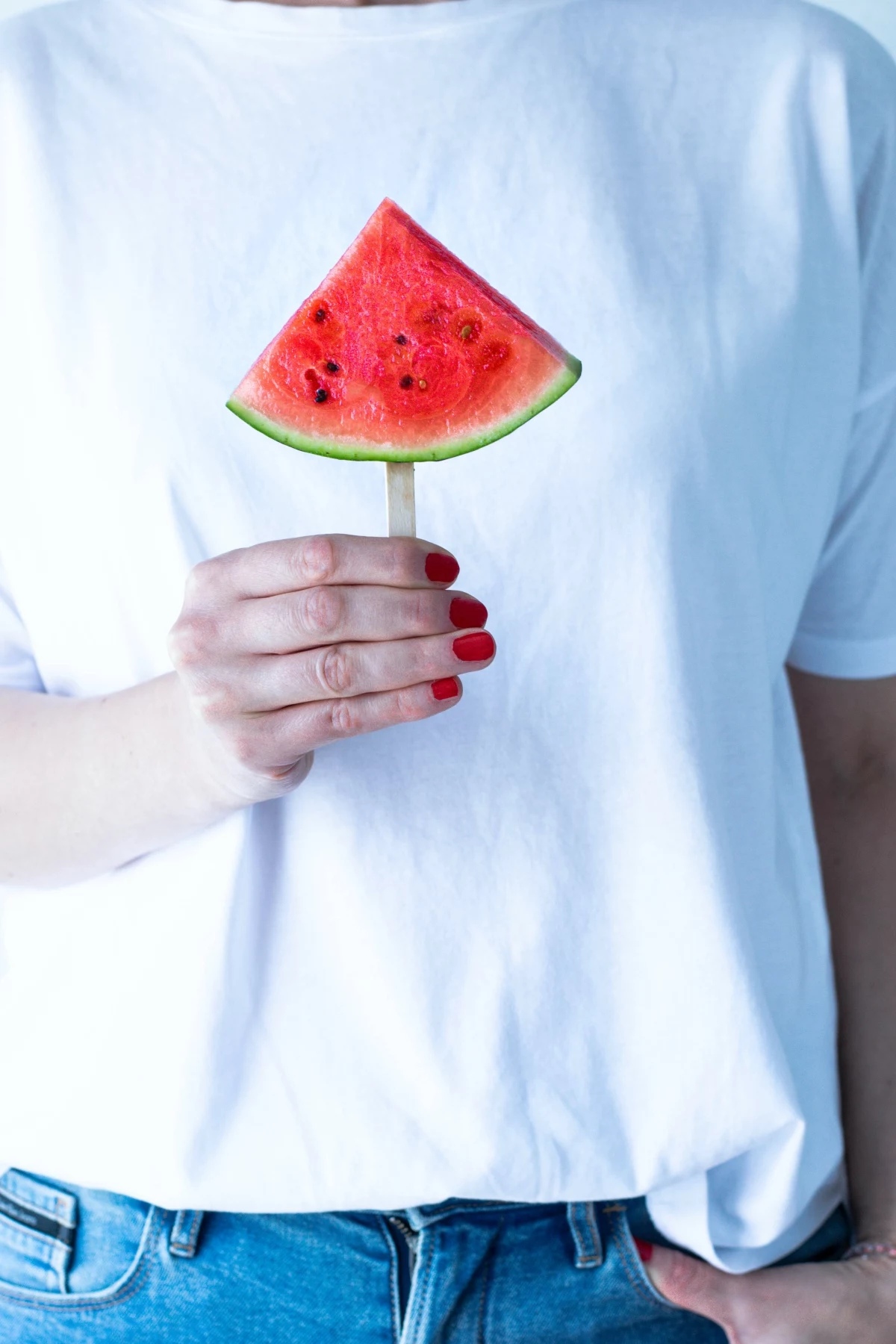
At room temperature, the rule of thumb is that food is safe for about two hours. But on a hot beach, where the sand can easily push temps over 90°F, that window shrinks to just one hour. Seriously. At those temperatures, harmful bacteria can double in as little as 20 minutes. This little fact should change your whole mindset from ‘what sounds yummy?’ to ‘what will still be safe to eat after a few hours in a warm car and on hot sand?’
Your Cooler: The Foundation of a Great Beach Meal
Your cooler is your portable fridge, and honestly, it’s the most important piece of gear you’ll bring. I’ve seen way too many people show up with those cheap foam coolers that are basically useless after an hour in the sun.
The pros often use those super-insulated, rotomolded coolers, but let’s be real—those can run you $300 or more. You absolutely do not need to spend that much! For most family beach days, a quality hard-sided cooler from a brand like Igloo or Coleman, which you can find for under $100, is more than enough. For a shorter trip with just drinks and a few sandwiches, a high-end soft-sided cooler with thick insulation works great, too.

Oh yeah, and how you pack it is just as important as what you buy. Here’s the method I swear by:
- Pre-chill EVERYTHING. This is the step everyone skips, and it makes the biggest difference. The night before, bring your cooler inside to cool down. Then, chill all your drinks and food. Putting warm sodas in a cooler is the #1 ice-killer—they’ll melt half your ice just getting cold.
- Use a Mix of Ice. Cubed ice is fine, but it melts fast. Your secret weapon is block ice. You can make your own super easily: just fill a few rectangular Tupperware containers with water and freeze them solid (give them a full 24 hours). Put a block or two at the bottom of the cooler, then pack your food, and finally, pour cubed ice over the top to fill in the gaps. Frozen water bottles are also fantastic because you can drink them as they thaw! As a general rule, aim for a 2:1 ratio of food-to-ice to keep things properly chilled.
- The Two-Cooler System. If you’re packing for a crew, this is a game-changer. Use one cooler for drinks and another for food. The drink cooler is going to be opened constantly, letting all the cold air out. By keeping the food cooler sealed shut until it’s time to eat, you’ll keep its contents much colder and safer for way longer.
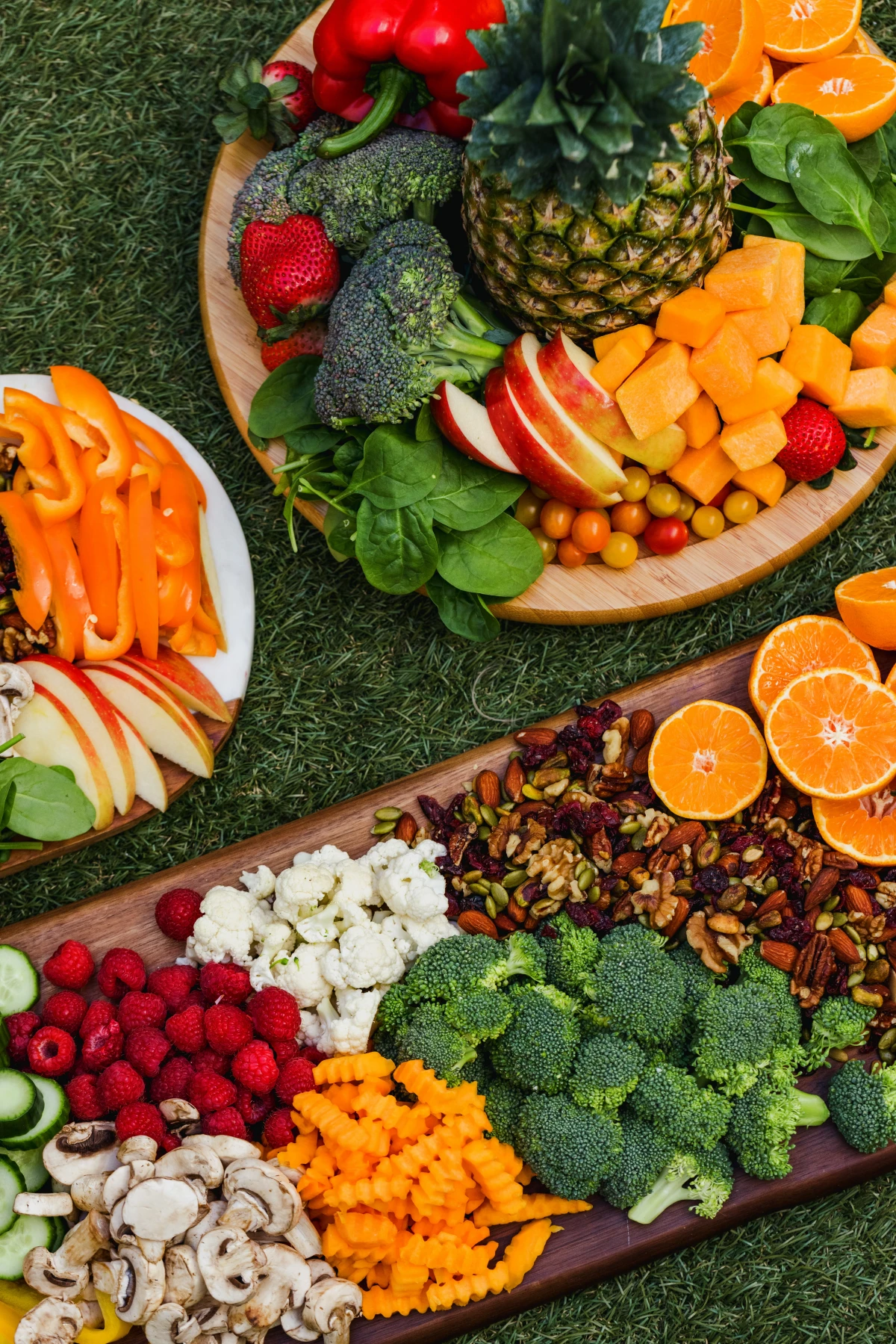
Building a Beach-Proof Menu That Doesn’t Suck
Okay, with the logistics handled, let’s talk food. A successful beach menu is all about durability, safety, and being easy to eat with sandy hands. Anything that requires a lot of assembly is just asking for trouble.
Pack This, Not That: Your Cheat Sheet
Let’s make this simple. When you’re packing, think about making a few smart swaps to avoid spoilage and sogginess. This isn’t about deprivation; it’s about being clever.
For example, instead of a creamy, mayo-based potato salad that’s a high-risk item, try a potato salad made with a sharp vinaigrette. It holds up beautifully. Swap out soft cheeses like brie, which get oily and sad, for hard cheeses like cheddar or provolone. And instead of packing deli turkey that can get slimy, opt for cured meats like salami or prosciutto—they were literally designed to be stable at room temperature!
For dessert, ditch the frosted cupcakes or chocolate bars that will turn into a sticky, melted mess. Go for sturdy treats like fudgy brownies, oatmeal cookies, or Rice Krispie treats instead.
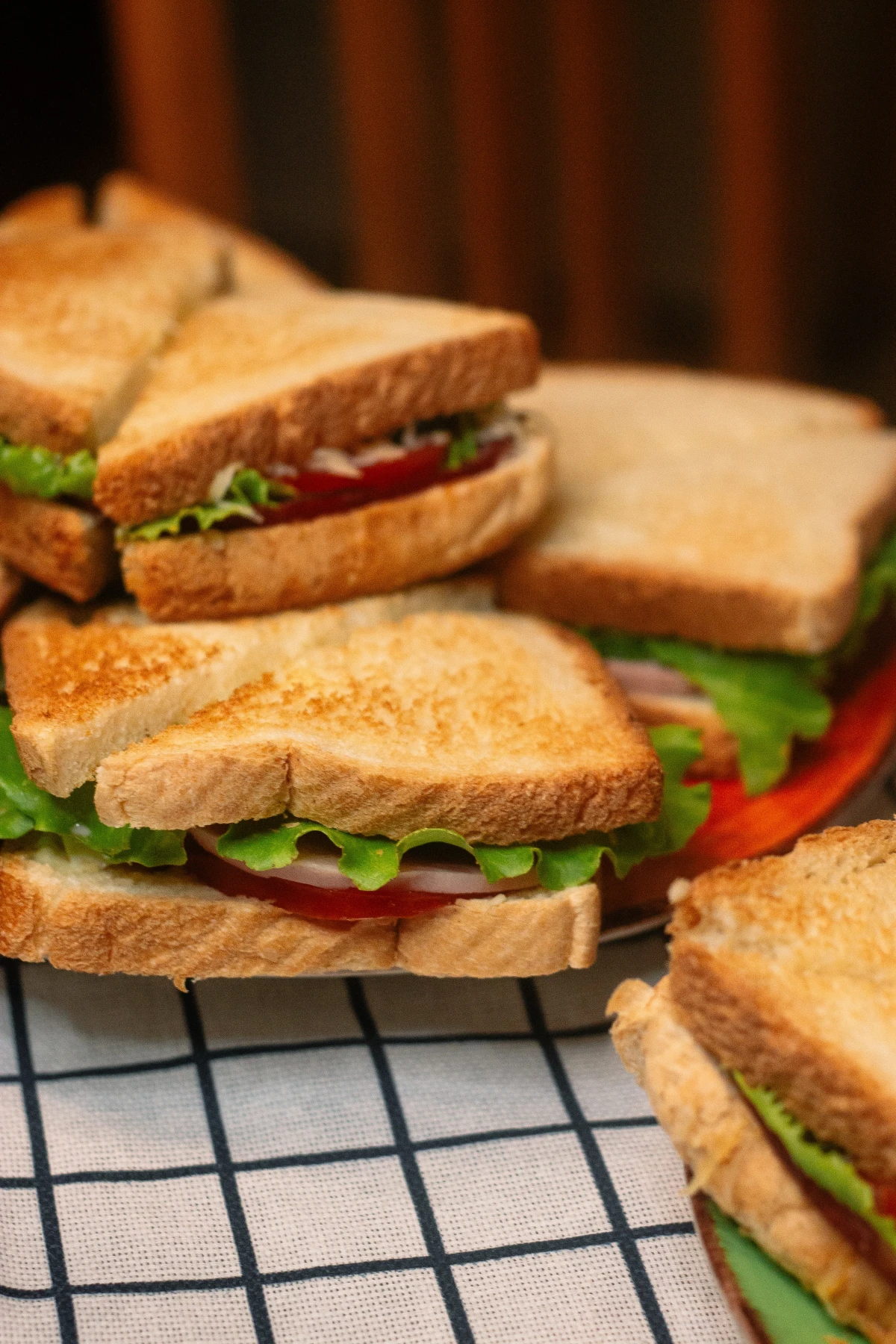
The Un-Soggifiable Sandwich
I’ll never forget a certain beach trip from my past… a total soggy sandwich disaster. That’s when I learned that you have to build a sandwich like an engineer. Forget soft, squishy bread. You need something sturdy with a good crust, like a ciabatta roll, focaccia, or a thick-sliced sourdough you can get from the grocery store bakery. Wraps are another great option.
The secret move? Create a moisture barrier. Before you add any fillings, spread a thin layer of something fatty—like butter, a thick hummus, or a dairy-free cream cheese—on the inside of the bread. This creates a seal that stops wet ingredients from seeping in.
For the ultimate guarantee, pack wet ingredients like sliced tomatoes or pickles in a separate little container. It takes 30 seconds to add them right before you eat, but it ensures a perfect, crisp sandwich every time.
Better-Than-Salad Salads
A bowl of leafy greens is a terrible idea for the beach. It wilts instantly and becomes a sandy tragedy. But you can still get your greens in!
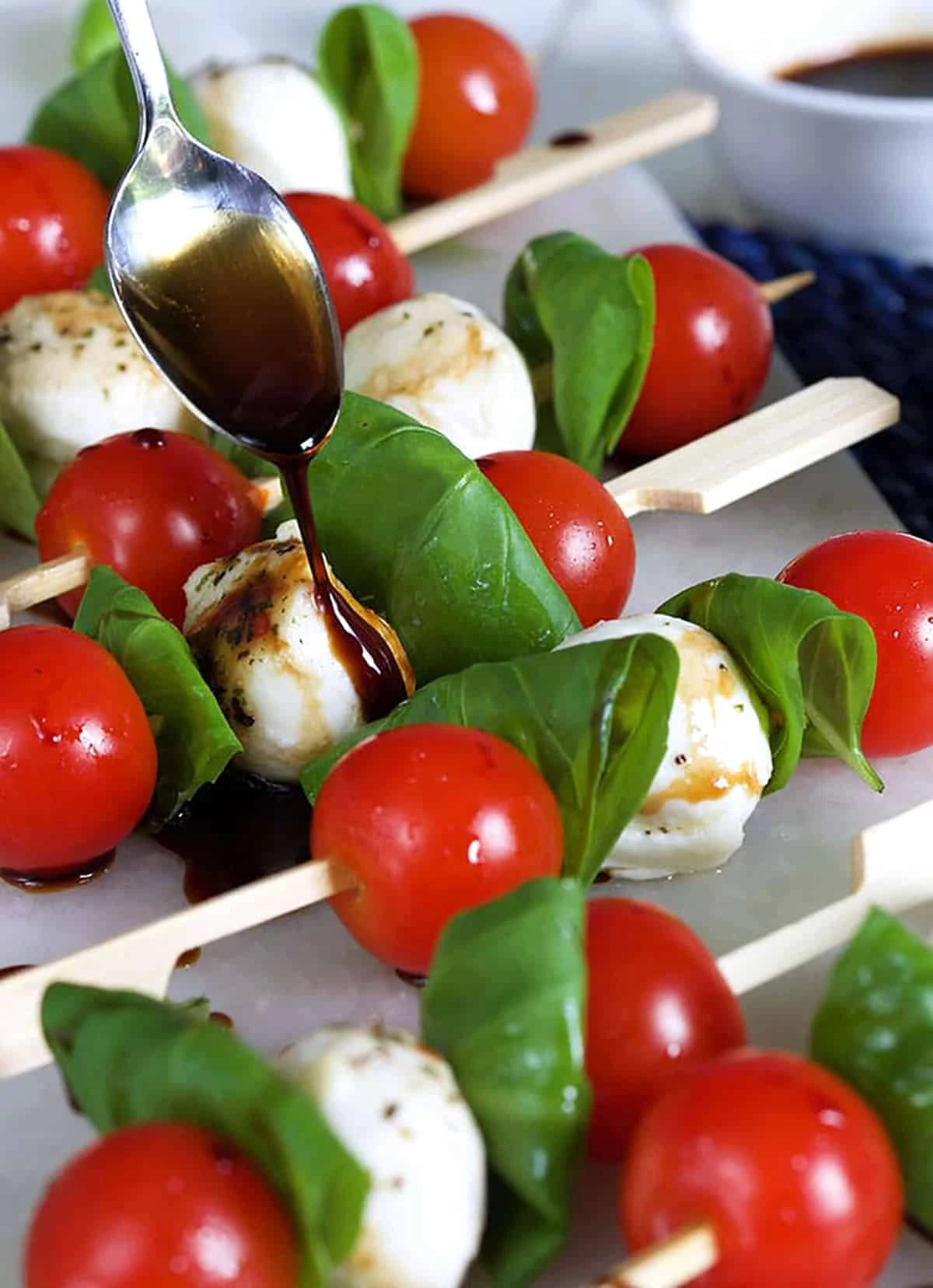
- Salad on a Stick: Thread sturdy ingredients onto skewers. Think cherry tomatoes, mozzarella balls, and basil (a classic Caprese), or cucumber, feta, olives, and red onion (a Greek skewer). Pack a small container of vinaigrette for dipping.
- The Mason Jar Salad: This is my go-to. The trick is the layering. Dressing ALWAYS goes on the bottom. Next, add hard veggies like carrots or chickpeas. Then grains like quinoa, then protein. The delicate greens go on the very top, far from the dressing. When you’re ready to eat, just give it a good shake!
Smarter Dips and Heartier Meals
Mayo-based dips are out, but that doesn’t mean you can’t have a fantastic dip. A sturdy hummus is great, or you can whip up a white bean dip that holds up perfectly in the heat.
Quick tip: For an amazing White Bean & Rosemary Dip, just toss a can of drained cannellini beans, a clove of garlic, a tablespoon of lemon juice, a sprig of fresh rosemary, and a good drizzle of olive oil into a blender. Blend until smooth and season with salt and pepper. Done. It’s safe, delicious, and feels way fancier than it is.
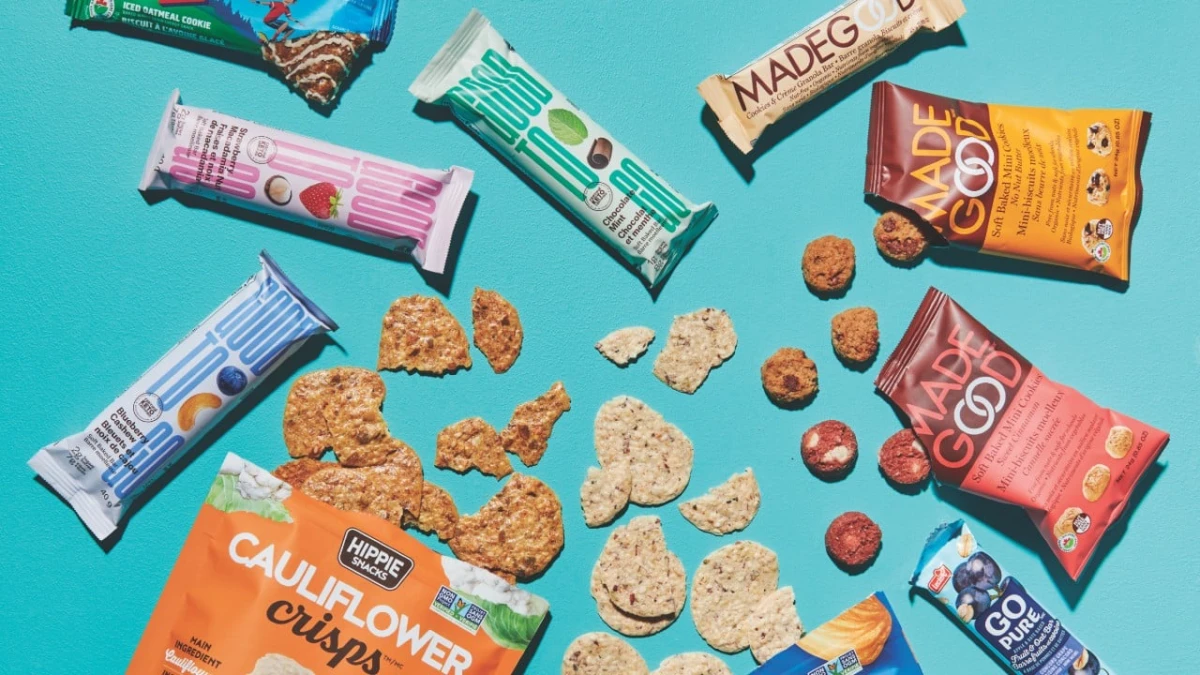
Taking It to the Next Level: Grilling on the Beach
Grilling on the beach is an awesome experience, but it requires extra vigilance. First, always check local rules—I learned the hard way that not all beaches allow it after an awkward chat with a park ranger. A quick search on the town’s website can save you a big fine.
Raw meat is no joke. It needs to be in a leak-proof container at the very bottom of your cooler, away from everything else. Use dedicated tongs for raw meat and bring a separate, clean plate for the cooked food. And please, bring an instant-read meat thermometer. Color is not a reliable way to check for doneness. Chicken needs to hit 165°F and burgers 160°F, period.
The Final Polish: Cleanup and Safety
A little bit of prep, maybe 45 minutes the night before, makes all the difference. Beyond the food itself, remember a few key things.

Your hands will get sandy, and sand has bacteria. Bring hand sanitizer (at least 60% alcohol) and use it before you eat. I also love packing wet wipes for sticky fingers. To keep sand out of the food, keep containers covered and consider bringing a small, cheap folding table to get your food station off the ground. You can find one for $20-$30 at most big-box stores.
And of course, pack it in, pack it out. Bring a couple of sturdy trash bags and leave the beach cleaner than you found it. No one wants to see your leftover food scraps.
At the end of the day, a little planning goes a long way. Always trust your gut. If something looks or smells off, don’t risk it. The golden rule of food safety is, and always will be: When in doubt, throw it out. A few dollars’ worth of food is never worth ruining your trip over.
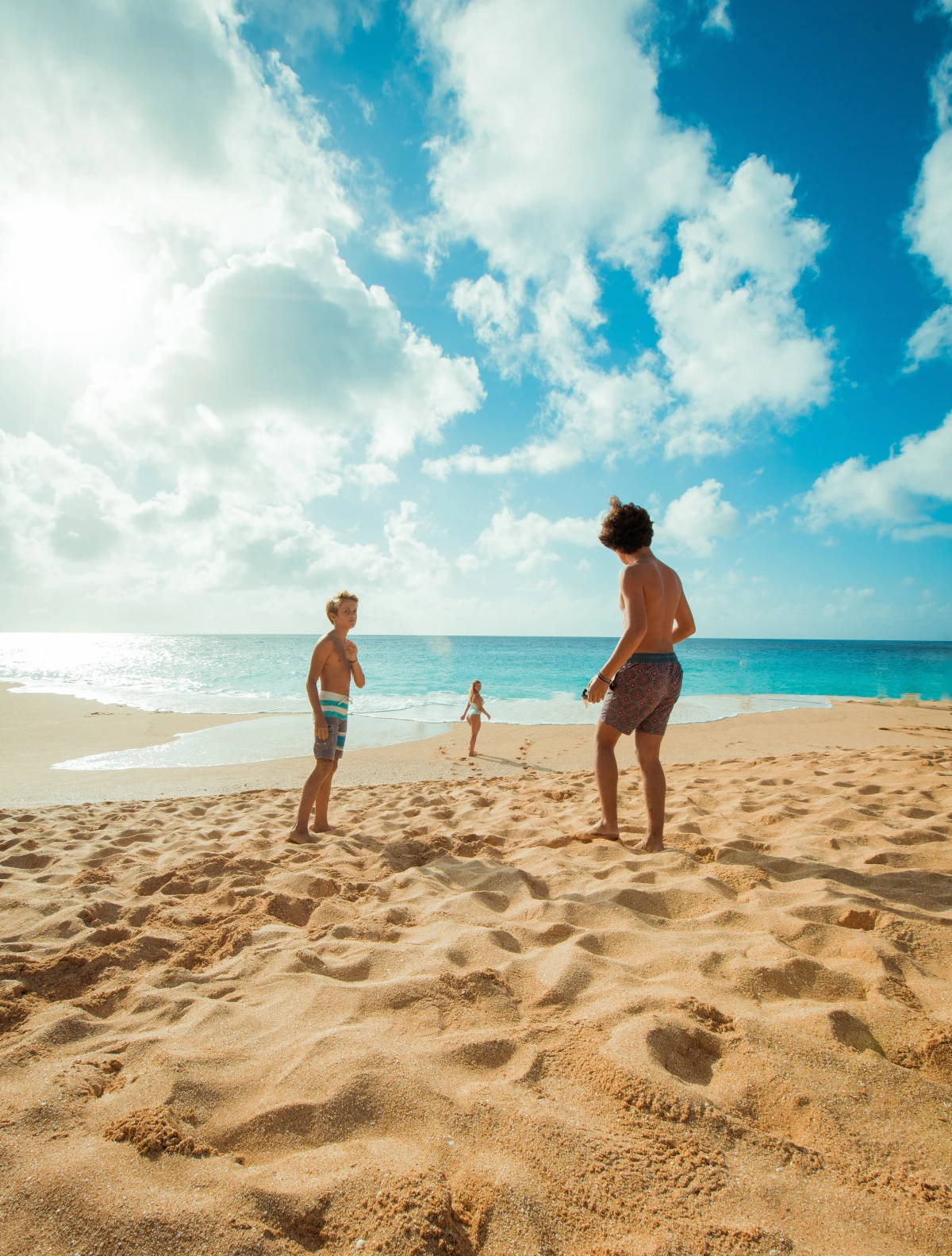
Inspirational Gallery
- Keep drinks ice-cold for hours without condensation.
- Provide a perfectly chilled beverage as they slowly melt.
- Double as extra ice packs to keep your food cooler for longer.
The secret? A mix of insulated tumblers and frozen water bottles. Use a high-quality tumbler from a brand like Yeti or Hydro Flask for your immediate drink, and pack several frozen water bottles. They’ll chill the cooler and give you cold water to drink later in the day.
The Mayo Misconception: That creamy potato salad or coleslaw is a beach classic, but it’s also a high-risk choice. Mayonnaise and other dairy-based dressings are notorious for spoiling quickly in the heat. A safer, and arguably more refreshing, alternative is a vinaigrette. A lemon-herb dressing on a pasta salad or a tangy vinaigrette on a bean salad will withstand the beach heat far better and won’t pose the same bacterial risk.
More than 75% of foodborne illness outbreaks are linked to food consumed outside the home. The beach, with its sun and heat, is a prime location for bacteria to thrive if precautions aren’t taken.
What about the inevitable sandy hands and sticky fingers?
Think beyond just napkins. Pack a dedicated ‘clean-up kit’. This should include a large bottle of water just for rinsing hands, a roll of paper towels, and antibacterial wet wipes. For a pro-level touch, bring a small spray bottle filled with water—it’s perfect for quickly spritzing sand off hands, apples, or even a dropped container lid without wasting your drinking water.
One of the biggest challenges at the beach is keeping sand out of your food. The solution is to think vertically and create individual portions.
- Mason Jar Salads: Layer dressing on the bottom, followed by hard vegetables (carrots, cucumbers), then grains or pasta, and finally leafy greens and proteins on top. They stay crisp and sand-free.
- Individual Dip Cups: Instead of a large bowl of hummus, portion it into small containers with pre-cut veggies or pita triangles for easy, no-mess dipping.
- Kebab-style Fruit: Threading fruit like grapes, melon chunks, and strawberries onto wooden skewers makes them easy to eat with minimal hand contact.
Did you know that heat and UV light can accelerate the breakdown of certain plastics? This can potentially cause chemicals to leach from containers into your food.
While convenient, single-use plastic containers can be a concern on a hot day. Consider investing in a few stainless steel or glass food containers. Brands like U-Konserve and LunchBots offer durable, non-reactive stainless steel options that keep food secure and won’t be affected by the sun’s rays.
Take inspiration from Mumbai’s ‘dabbawalas’ and their ingenious tiffin carriers. These stacked, stainless steel lunch boxes are a fantastic, eco-friendly alternative to a jumble of plastic containers. Each tier can hold a different dish—curry, rice, salad—keeping flavors separate and food protected. They are incredibly durable, easy to clean, and offer a touch of worldly style to your beach setup.
Frozen Grapes vs. Ice Cubes: Instead of diluting your drinks with ice that will quickly melt, use frozen grapes. They’ll chill your lemonade, iced tea, or white wine without watering it down and double as a refreshing, ice-cold snack.
Freezer-Packaged Meats: If you’re grilling, freeze your marinated chicken skewers or burger patties solid before packing them. They’ll act as extra ice packs in the cooler and will be perfectly thawed and ready for the grill by the time you’re set up.
This strategy maximizes coldness and minimizes wasted space.
The best beach foods require zero utensils. Think beyond basic sandwiches and consider hand-held pies or pasties. A savory filling of minced meat and vegetables or spinach and feta, sealed inside a sturdy pastry crust, is a complete, mess-free meal that can be eaten cold and is far less prone to sogginess or spilling than a traditional sandwich.










